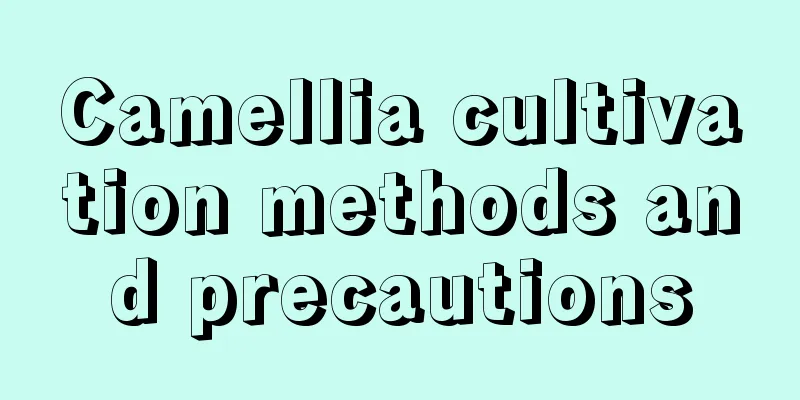Common diseases and prevention methods of wintersweet

Chimonanthus anthracnosesymptomThe disease mostly occurs at the tip and edge of the leaves. The lesions are nearly oval, light red to grayish white, with reddish brown or brown edges, scattered black spots, and are easy to break. Anthracnose is a fungal disease caused by a fungus called Colletotrichum. Prevention and treatment methodsRemove diseased fallen leaves and destroy them in a centralized manner to reduce sources of infection. Chemical control. When the disease is serious, spray 1000 times diluted 50% carbendazim wettable powder. Chimonanthus chinensis leaf spotsymptomThe leaf spots are initially round and brown, then gradually expand into irregular shapes, with the centers of the spots turning light brown or grayish white and dark. In the later stage, small black spots appear in the center of the lesions. Leaf spot is caused by infection by a type of fungus, the shield mold. Prevention and treatment methodsRemove diseased fallen leaves and destroy them in a centralized manner to reduce sources of infection. Chemical control. When the disease is serious, spray 1000 times diluted 50% carbendazim wettable powder. Black spot of ChimonanthussymptomOn the infected leaves, the spots are nearly circular or fused together, forming irregular shapes. They are brown at first, then gradually fade to nearly white in the center, while the edges remain brown. There are sparse dark brown mold clusters on both sides of the lesions, mostly on the surface. Black spot is a fungal disease caused by the Alternaria alternata fungus, which overwinters on diseased fallen leaves. Prevention and treatment methodsRemove diseased fallen leaves and destroy them in a centralized manner to reduce sources of infection. Chemical control. When the disease is serious, spray 1000 times diluted 50% carbendazim wettable powder. Chimonanthus chinensissymptomIt mainly occurs at the root base and root collar. In the early stage of the disease, the cortical tissue of the affected area becomes swollen and soft, and nearly circular brown spots appear. Afterwards, the diseased part begins to rot in a water-soaked state, reaching deep into the wood, and yellow-brown sap oozes out. In the later stage, the diseased tissue shrinks and cracks longitudinally, and the woody tissue dies and decays. The surface of the diseased part is wrapped with tender root-like cords, which are white at first and then turn into gray-brown or tan. Prevention and treatment methodsStrengthen management, increase the application of organic fertilizer, improve the soil, control watering, and prevent waterlogging. Remove foreign matter (weeds, dead leaves) next to the plants in a timely manner. Scrape off the lesions immediately if found, and disinfect the injured surface with 70% alcohol. |
<<: Diseases and Pests of Euphorbia milii and Their Control
>>: What to do if clematis wilts
Recommend
Where does the small-leaf red sandalwood tree grow?
Growth habits of red sandalwood The small-leaf re...
How to grow June Snow
1. Watering June snow is suitable for growing in ...
Will spider plants bloom?
Chlorophytum can be said to be a kind of potted g...
How to grow ginger?
Ginger is a plant that prefers warm and humid cli...
Peacock ball fertilization method
1. Spring and Autumn Spring and autumn are its gr...
How to raise cat milk
1. Introduction Rhamnaceae is a deciduous shrub o...
Can chestnut pumpkin seeds be planted?
Can chestnut pumpkin seeds be planted? Chestnut p...
Cultivation method of fragrant wood potted plants
1. Soil It is best to use loose and well-drained ...
The difference between the beauty tree and the kapok tree
The difference in height: The growth height of th...
What flowers are suitable for growing in Jiangmen? What are the city flowers and trees?
1. Climate characteristics of Jiangmen Jiangmen h...
Mango potted planting method
Prepare Before planting mangoes in pots, you need...
How to propagate Jade Plant by cuttings
Jade plant is a plant of the Portulacaceae family...
Can banana peel water be used to water succulent plants?
Can banana peel water be used to water succulent ...
How to care for potted sunflowers in winter? Will sunflowers die in winter?
1. Winter maintenance methods 1. Indoor insulatio...
When is the best time to plant Prunella vulgaris?
Prunella vulgaris planting time The best time to ...









